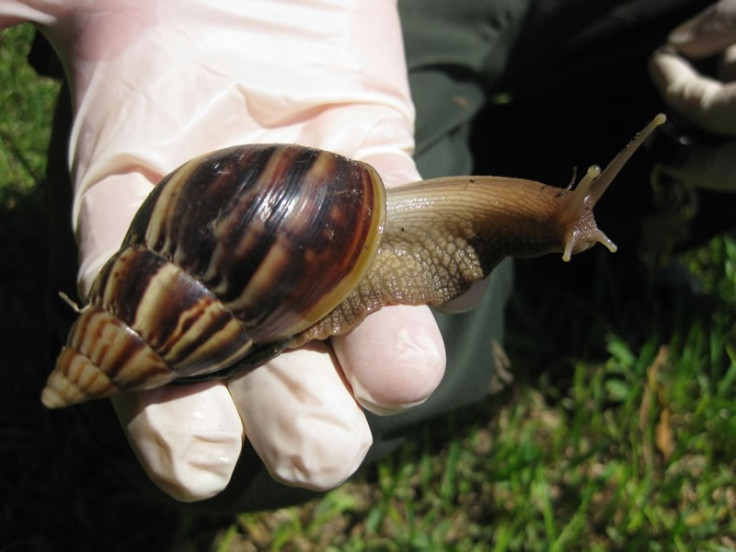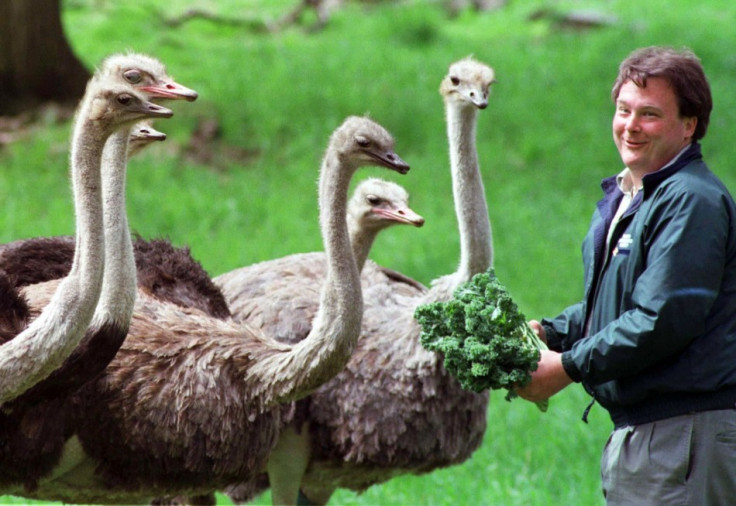Darwin's Theories on Invasive Species and Jump Dispersal Confirmed by Experts

Two of Darwin's theories on evolution have been confirmed by scientists around 150 years after first being proposed.
On this day (2 October) 178 years ago, Darwin's second voyage of the HMS Beagle arrived home after five years away, with the naturalist having visited parts of South America, Tahiti, and Australia.
Examining Darwin's theory of invasive species put forward in 1859, researchers from Brown University were looking to test the 'Evolutionary Imbalance Hypothesis' to explain why invasive species are so successful.
At the time, Darwin wrote: "As natural selection acts by competition, it adapts the inhabitants of each country only in relation to the degree of perfection of their associates." He said that species that had been around for longer and from larger regions have "been advanced through natural selection and competition to a higher stage of perfection or dominating power".
To test the theory, Dov Sax and Jason Fridley looked at how many unique lineages have developed in a region over time, hypothesising that those with a greater number or longer evolutionary history would have better solutions to solving environmental problems.

They looked at 35 regions examining the relative success of species invasiveness in the destinations of Eastern North America, the Czech Republic, and New Zealand.
Findings showed that the higher the diversity of a species' native region, the more likely it was to become invasive in a new home. The scientists said wildlife officials should consider the evolutionary history when assessing threats from invasive species.
"They already know to be worried, but this would suggest they should be more worried about imports from some parts of the world than others," Sax said.
As well as how successful an invasive species can be, scientists from the National Institute for Mathematical and Biological Synthesis have also shown that Darwin's theory of "jump dispersal" is correct.
Darwin said that species could cross oceans on vegetation rafts, icebergs, and through the plumage of birds, in the case of seeds.

Published in the journal Systematic Biology, the team were looking to find out how species come to live in areas when they have relatives from distant continents that are separated by oceans, such as flightless birds including the African ostrich and the Australian emu.
Many said Darwin's ideas were too unlikely, favouring the idea of 'land bridges', where continents used to be connected – an idea known as 'vicariance biogeography'.
However, researchers using new computer programmes found that jump dispersal was much better able to explain the biogeography of species with a greater statistical probability than vicariance.
"Conventional biogeography said vicariance was a more scientific explanation than jump dispersal because vicariance relied on normal, predictable processes, and jump dispersal relied on extremely rare, near-miraculous events," said Nicholas J. Matzke, who developed the computer programme.
"Now the shoe is really on the other foot because the jump dispersal pattern appears to be much more common. It looks like Darwin was right after all."
© Copyright IBTimes 2025. All rights reserved.





















